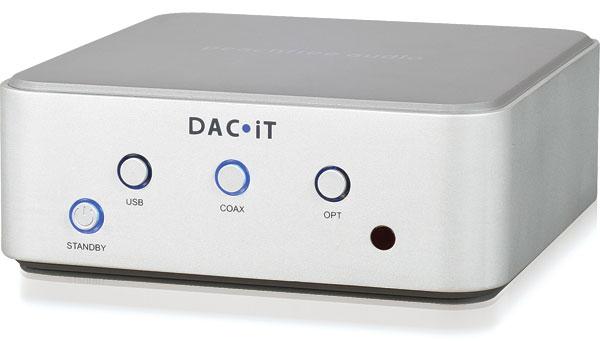| Columns Retired Columns & Blogs |
Thanks Jon for the review. Sounds like a great product and comes recommended. However, I was wondering if you already have a list or can provide a "Highly-recommended" or "Top-10" list of budget DACs for budget-minded listeners (within different price range: $300, 500, $800 and $1000 something like it)?
Thanks in advance.









































